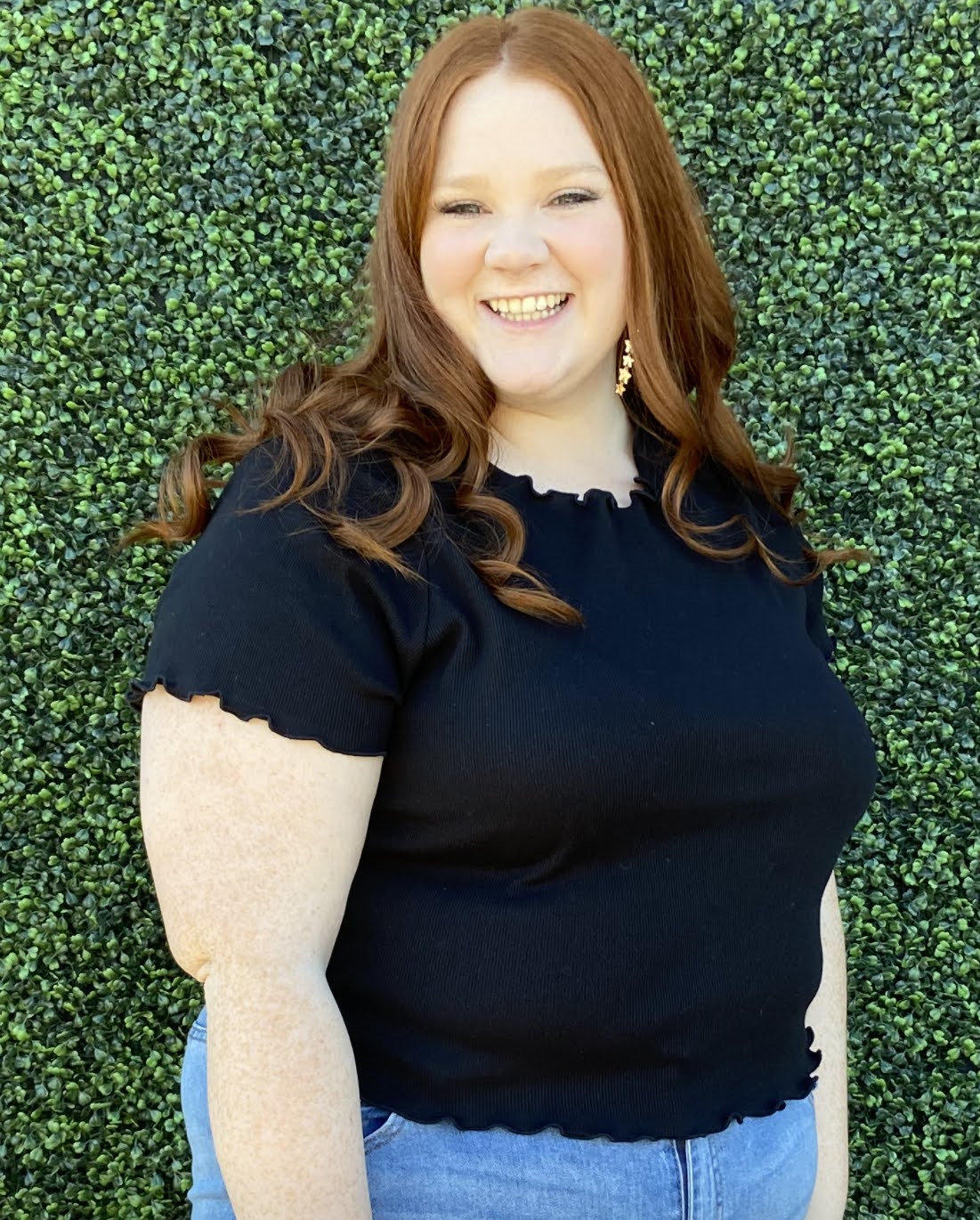Child / Adolescent - Anxiety
(PS3-D90) Rejection Concern and Cannabis Coping Motives: The Moderating Role of Insomnia Among Adolescents

Shannon A. Smith, B.S.
Graduate Student
University of North Texas
Aubrey, Texas.jpg)
Linda M. Thompson, M.A.
Doctoral Student
University of North Texas
Denton, Texas- SD
Shannon M. Doyle, B.S.
Research Assistant
University of North Texas
Little Elm, Texas - RC
Renee Cloutier, Ph.D.
Research Scientist
University of Pittsburgh School of Pharmacy
Denton, Texas - HB
Heidemarie Blumenthal, Ph.D.
Associate Professor
University of North Texas
Denton, Texas
Author(s)
Co-Author(s)
Cannabis is the most widely used illicit substance in the United States, with almost 40% of teens reporting lifetime use, and 22% reporting use within the past 30 days (CDC, 2021). Characterized by significant psychobiosocial development, adolescence is a sensitive period in terms of stress responding, and vulnerability to interpersonal stressors in particular (e.g., rejection; Baumeister & Leary, 1995; Dodge et al., 2003). Maladaptive stress responding can perpetuate emotion dysregulation, adjustment difficulties (Zimmer-Gembeck et al., 2009), and coping-related substance use (including cannabis; a pattern of use linked with substance-related problems). Indeed, sensitivity to social stress (e.g., elevated social anxiety) has been consistently linked to coping motives for cannabis use among adults, although the small literature examining adolescents remains mixed (e.g., Cloutier et al., 2016). Notably, adolescence also is characterized by normative shifts in sleep habits, as well as vulnerability to sleep disruption (Owens, 2008), and sleep disruption has been linked with both fear of rejection (Gordon et al., 2019) and cannabis use/coping motives (Bonn-Miller et al., 2014). Therefore, the purpose of the present study was to examine the moderating role of sleep disruption (specifically, insomnia) on the relation between rejection concerns and cannabis use coping motives. Participants were 85 adolescents (age 15-17; 70.6% White; 55.3% girls) recruited from the community. The current sample reported using cannabis within the past 6 months. Self-report measures were used to assess insomnia severity (ISI; Morin, 1997), rejection concerns (RSQ; Downey & Feldman, 1996), and cannabis use motives (MMQ; Lee et al., 2007). A moderation analysis using PROCESS macro-Model 1 for SPSS (Hayes, 2013) was used. All variables were mean-centered and a HC4 robust standard error was used to mitigate against heteroskedasticity (Hayes & Cai, 2007). Results indicated positive main effects of rejection concerns (b =.08, SE =.04, t = 2.21, p = .030) and insomnia severity (b = .24, SE = .11, t = 2.17, p = .032) on coping motives for cannabis use. In the final model the variables accounted for approximately 20% of the variance in coping motives (F [3, 81], = 9.38, p < .001), and the interaction between rejection concerns and insomnia severity was significant (b =.01, SE =.005, t = 2.11, p = .040). There was a significant positive association between rejection concerns and cannabis coping motives for high (+1 SD; b = .14, SE = .05, t = 2.94, p = .004) insomnia, but not low levels of insomnia (-1 SD; p = .64). These results indicate that adolescents with greater rejection concerns report elevated motives to use cannabis to cope when sleep quality is poor. Further research should consider implementation of more sophisticated sleep assessment (e.g., actigraphy) as subjective sleep may be susceptible to self-report biases. More intentional recruitment efforts are needed to obtain diverse samples representative of the broader population. Lastly, the role of the reward and motivation pathways of the brain may need to be assessed in depth as a reinforcing factor for continued cannabis use to alleviate sleep disturbances and rejection concerns.

